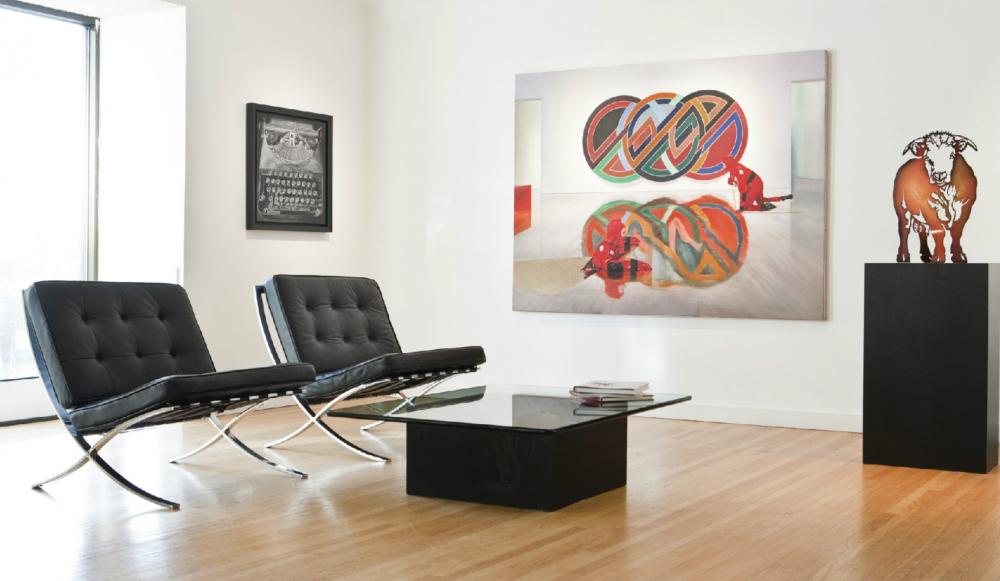Photography by Curtis Comeau
Buying art may be a response to the insipid glare of blank walls but, for some, collecting art is a passion-driven pursuit, a reflection of their interests, ideas, tastes and travels. The rewards of an art collection are many, from providing creative stimulation and beautifying your living spaces toadding to your assets. But for folks who can’t tell a Rembrandt from a Renoir, the very thought of buying art can be intimidating, potentially expensive and risky, especially if what they buy doesn’t exactly reflect their tastes.
A lot of questions can overwhelm first-time buyers: Is this good art? Will I like itin 10 years? How do I know if the pricereflects its value?
So, how does one build an art collection, one that pleases the eye, has depth, longevity and maybe even investment value? (Hint: The big-box store where you pick up socks is not a good place to start.)
For avid collector David Candler, it all started with a trip to Mexico, to celebratethe completion of his medical school exams in 1989. Oaxaca, a city brimming with galleries and expressive murals, prompted the purchase of a watercolour and gauche abstract, his first piece of original art.
“It was almost like a neurological change,” Candler says. “My heart, my brain and my eyes were opened at the same time.”
He began reading extensively about art and meeting young, local artists. He followed auctions in New York to learn as much as he could before collecting more work.
Candler, a doctor at the Cross Cancer Institute, describes his collection as “evolving, eclectic, purposeful.” After purchasing from various sources, including galleries and auctions in the U.S. and Europe, along with local and online fundraisers, his collection includes abstract and representational art – watercolour, print, mixed media, drawing, sculpture, photography and blown glass – by artists who are established or emerging, local or international.
“The important thing when starting to look at art, is just look,” says Candler. “Go out and see as much as you can. Even if it makes no sense – if it moves you in some way, even a little tingle, then it’s worth exploring.”
